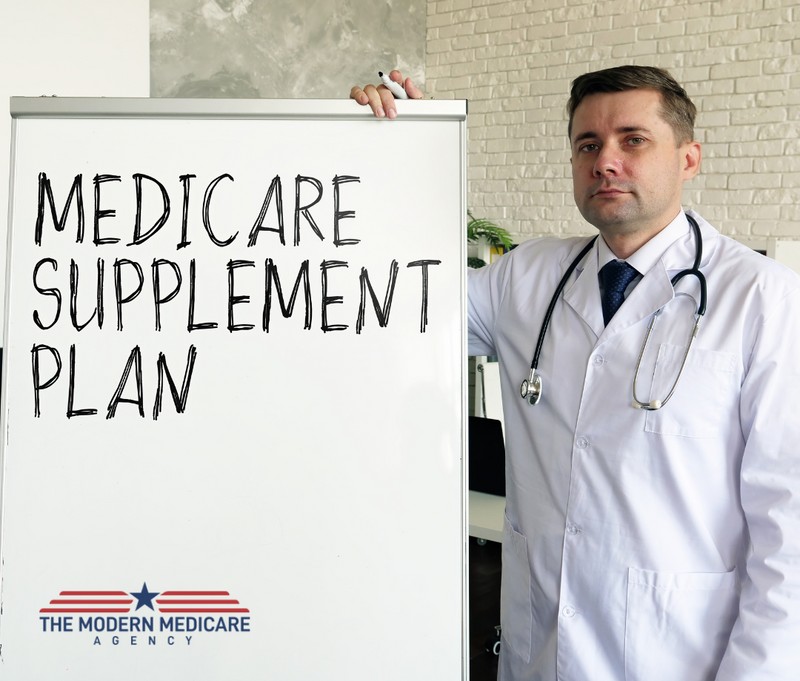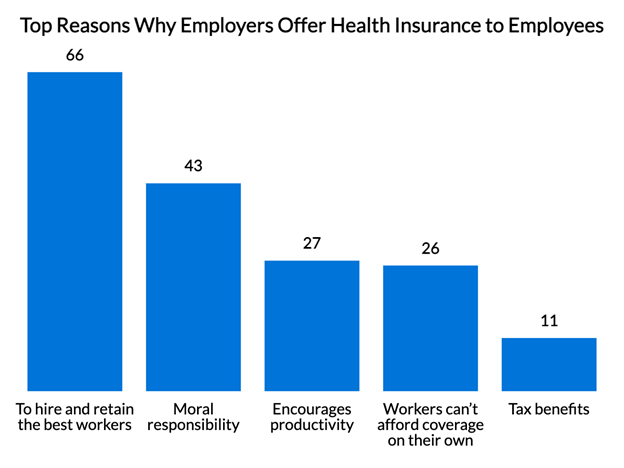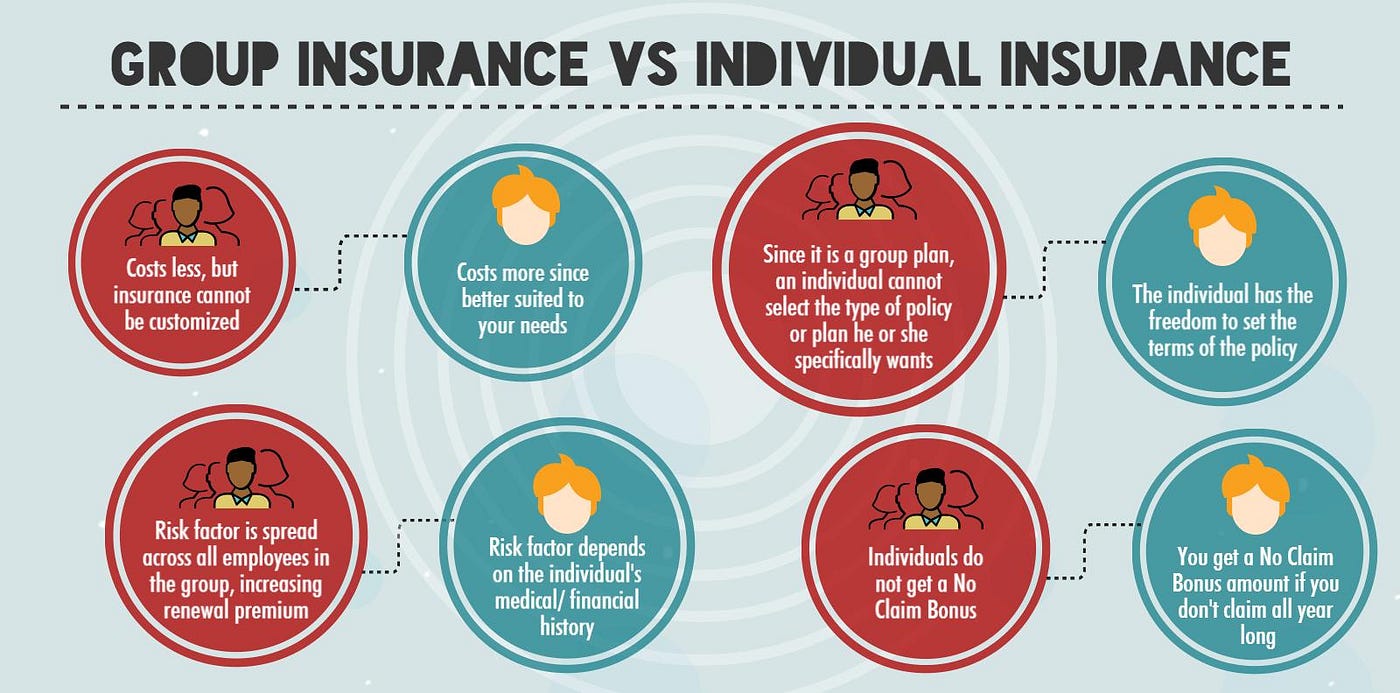Not known Incorrect Statements About Medicare Advantage Agent
Not known Incorrect Statements About Medicare Advantage Agent
Blog Article
Not known Factual Statements About Medicare Advantage Agent
Table of ContentsThe Ultimate Guide To Medicare Advantage AgentWhat Does Medicare Advantage Agent Do?Medicare Advantage Agent Things To Know Before You Buy


follows from confusing the relatively young reasonably profile of the uninsured with the better health, health and wellness average, standard younger personsMore youthful For those without accessibility to work environment health and wellness insurance policy, poor wellness is a prospective obstacle to buying nongroup coverage because such protection may be highly valued, exclude pre-existing problems, or be just unavailable. Unless otherwise noted, nationwide quotes of people without health insurance and percentages of the population with different kinds of coverage are based on the CPS, the most widely used resource of quotes of insurance protection and uninsurance prices.

The Buzz on Medicare Advantage Agent
The relationship in between health insurance and access to care is well developed, as recorded later in this chapter. The partnership in between wellness insurance and health outcomes is neither straight nor straightforward, an extensive scientific and health and wellness solutions research study literature links wellness insurance protection
to improved enhanced accessibility care, better far better, and improved boosted and population health wellnessCondition The second report, on individual health and wellness end results for uninsured grownups, is represented by the innermost circle of the number, while the 3rd record, on family health, includes the topics of the second record yet emphasizes a various unit of analysis, specifically, the family.
Additionally, it concentrates particularly on those with no medical insurance for any length of time. The issues faced by the underinsured are in some respects similar to those dealt with by the uninsured, although they are usually less extreme. Uninsurance and underinsurance, however, entail distinctly different plan issues, and the approaches for resolving them may differ. Throughout this research and the 5 reports to comply with, the major emphasis gets on individuals without medical insurance and therefore no help in spending for health care past what is available through charity and safeguard establishments. Health and wellness insurance policy is an effective factor affecting invoice of treatment since both clients and medical professionals react to the out-of-pocket cost of solutions. Health and wellness insurance policy, nevertheless, is neither needed nor sufficient to get to clinical solutions. However, the independent and direct effect of wellness
insurance policy coverage on access to wellness solutions is well developed. Others will certainly acquire the health treatment they need even without medical insurance, by spending for it out of pocket or seeking it from service providers that use care free or at very subsidized prices. For still others, wellness insurance policy alone does not make sure invoice of care due to other nonfinancial barriers, such as an absence of health and wellness care service providers in their area, minimal accessibility to transportation, illiteracy, or etymological and social distinctions. Formal research study about without insurance populations in the United States dates to the late 1920s and very early 1930s when the Board on the Expense of Treatment created a collection of reports concerning financing physician office visits and hospital stays. This concern ended up being significant as the numbers of clinically indigent climbed up during the Great Clinical depression. Empirical studies constantly sustain the link between access to care and improved pop over here health and wellness outcomes(Bindman et al., 1995; Starfield, 1995 ). Having a routine resource of care can be thought about a forecaster of accessibility, as opposed to a straight measure of it, when health and wellness end results are themselves used as access indications. This expansion of the idea of access measurement was made by the IOM Board on Checking Accessibility to Personal Healthcare Solutions(Millman, 1993, p. Whether or not parents are insured appears to affect whether or not their children get treatment along with just how much careeven if the children themselves have insurance coverage(Hanson, 1998). The health of moms and dads can impact their capability to look after their youngsters and the level of family members stress. Fretting about their children's access to care is itself a source of this contact form stress for parents. Three chapters follow in this record. Chapter 2 supplies an overview of just how employment-based medical insurance, public programs and specific insurance plan run and connect to give considerable yet insufficient protection of the U.S. populace. This consists of an evaluation of historic patterns and public policies affecting both public and exclusive insurance policy, a discussion of the communications among the various kinds of insurance coverage, and an examination of why individuals move from one program to another or wind up

Report this page